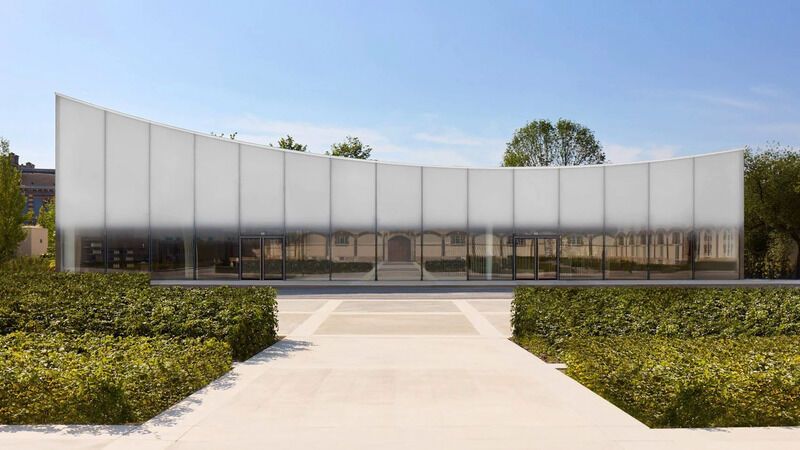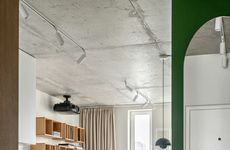
Sou Fujimoto Renovates the Nicolas Ruinart Pavilion
Amy Duong — October 1, 2024 — Art & Design
References: sou-fujimoto.net & dezeen
Japanese architect Sou Fujimoto has completed a special visitors center to add to the champagne house Nicolas Ruinart Pavilion on Maison Ruinary's historic site. It is all located in Reims, France and this was finished as a part of a three-year renovation project of the location. The Nicolas Ruinart Pavilion now functions as a cultural space that is nestled in contrast to the existing 19th-century buildings.
The front of the design has a courtyard and it is made from local Soissons stone and then topped with an asymmetrical roof made from wood. Ruinary shares, "The curves of this new construction contrast with the straight lines of the historic buildings. The Nicolas Ruinart Pavilion blends harmoniously with the centuries-old buildings, creating a vibrant dialogue that highlights the modernity of its asymmetric design."
Image Credit: Mathieu Bonnevie
The front of the design has a courtyard and it is made from local Soissons stone and then topped with an asymmetrical roof made from wood. Ruinary shares, "The curves of this new construction contrast with the straight lines of the historic buildings. The Nicolas Ruinart Pavilion blends harmoniously with the centuries-old buildings, creating a vibrant dialogue that highlights the modernity of its asymmetric design."
Image Credit: Mathieu Bonnevie
Trend Themes
1. Architectural Symbiosis - Merging modern designs with historic architecture to create a unified cultural space that respects heritage while introducing contemporary aesthetics.
2. Asymmetrical Design - Favoring irregular shapes and unconventional lines in construction to contrast and complement traditional architectural styles.
3. Local Material Usage - Emphasizing the use of locally sourced materials in new constructions to preserve regional character and promote sustainability.
Industry Implications
1. Architectural Design - Pioneering projects that blend modern and historical elements can redefine visitor experiences in culturally significant sites.
2. Sustainable Construction - Leveraging local materials for building projects supports eco-friendly practices and regional authenticity.
3. Cultural Tourism - Developing architectural attractions that harmonize with historical settings can boost tourism by offering unique and immersive experiences.
4.4
Score
Popularity
Activity
Freshness























